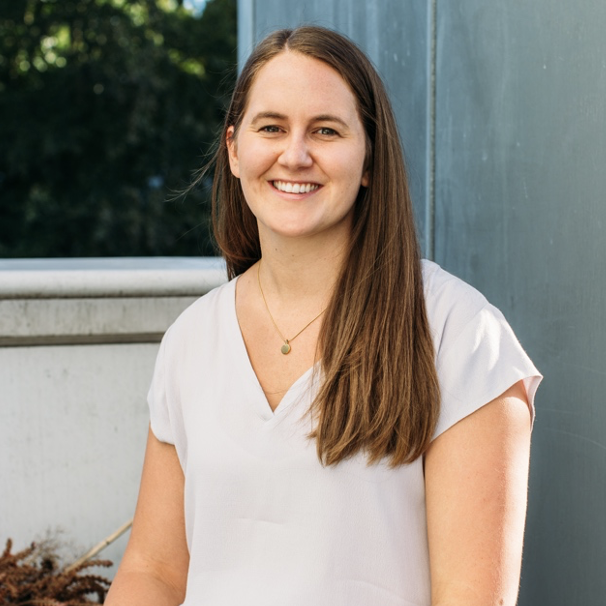
We acknowledge that the UBC Vancouver campus is situated on the traditional, ancestral, and unceded territory of the xʷməθkʷəy̓əm (Musqueam).
Occupational and Environmental Health
This Division focuses on health effects and prevention measures related to chemical, physical, biological, and psychosocial hazards, and to the design of buildings, workplaces and communities.
The Occupational and Environmental Health Division represents an interdisciplinary network of faculty, students, and staff with a common vision: a world in which risks from occupational and environmental hazards are minimized by their recognition, evaluation and control, to the benefit of workplace and community health and well-being. Our mission is to assist society in minimizing such risks by providing an outstanding education to students and professionals, generating new knowledge through research, and effectively communicating this knowledge.
The Occupational and Environmental Health Division is the new home of the academic programs, research, faculty, staff and students of the School of Environmental Health, which merged into the School of Population and Public Health on June 1, 2011.
Message from Division Head
Welcome to the Occupational and Environmental Health (OEH) Division! This Division represents a long-standing tradition (25 years) of research, training and practice in occupational and environmental health at the University of British Columbia.

Chris McLeod
This is an exciting time for a career in occupational and environmental health with increasing awareness of the impact of work and community environments and exposures on population-level health outcomes. Three program options are available to students (information below) – all options include required population/public health courses, specialized occupational and environmental health courses, as well as the flexibility to explore other courses to meet student interests and training needs. Our graduates have a successful record of working in diverse occupational and environmental careers spanning industry, government and research organizations (please visit our Careers and Alumni pages).
Our Division encompasses faculty, research staff and trainees with expertise and experience investigating current and emerging environmental and occupational health challenges, including the health impacts of indoor air quality, occupational cancer epidemiology, exposure assessment methods and models, occupational health and safety in health care (protection from blood-borne and air-borne exposures), chemical and biological hazard control, bio-aerosol exposures in work and community environments, health impacts of transportation-related and biomass air pollution, occupational noise and hearing conservation programs, non-auditory health effects of noise, occupational health in low and middle income countries, neighborhood walkability and health outcomes, health and environmental impacts of alternative transportation and land development, surveillance methods for environmental health (temperature-related mortality, radon-related lung cancer, forest fire smoke), industrial and environmental acoustics, acoustical design of ‘green’ buildings; cycling in cities, environmental determinants of health, social determinants of occupational health, and evaluation of workers’ compensation policies and programs.
Our Division also includes other learning opportunities, such as occupational and environmental health seminars, continuing education courses and occupational and environmental health laboratory services.
The Occupational and Environmental Health Division is passionate about making work and community environments safer and healthier places, and our students and alumni play an important role in generating research evidence and developing controls, programs and policies to address occupational and environmental health challenges. Please contact me to discuss training opportunities and a career in occupational and environmental health.
Academic Programs
| Program |
Career Goal
|
Project / Thesis
|
Typical Duration
|
| MSc Occupational & Environmental Hygiene |
Professions or research in exposure measurement, exposure control, assessment of health effects
|
Co-op project
or Thesis |
1.7 years
2 to 2.5 years
|
| MSc Population & Public Health |
Health research
|
Thesis
|
2 to 3 years
|
| PhD Doctor of Philosophy |
Academia, research
|
Thesis
|
3 to 6 years
|
Faculty


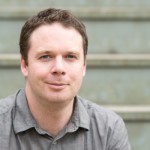



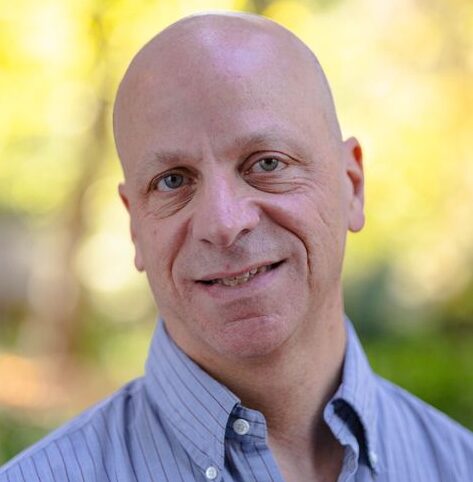
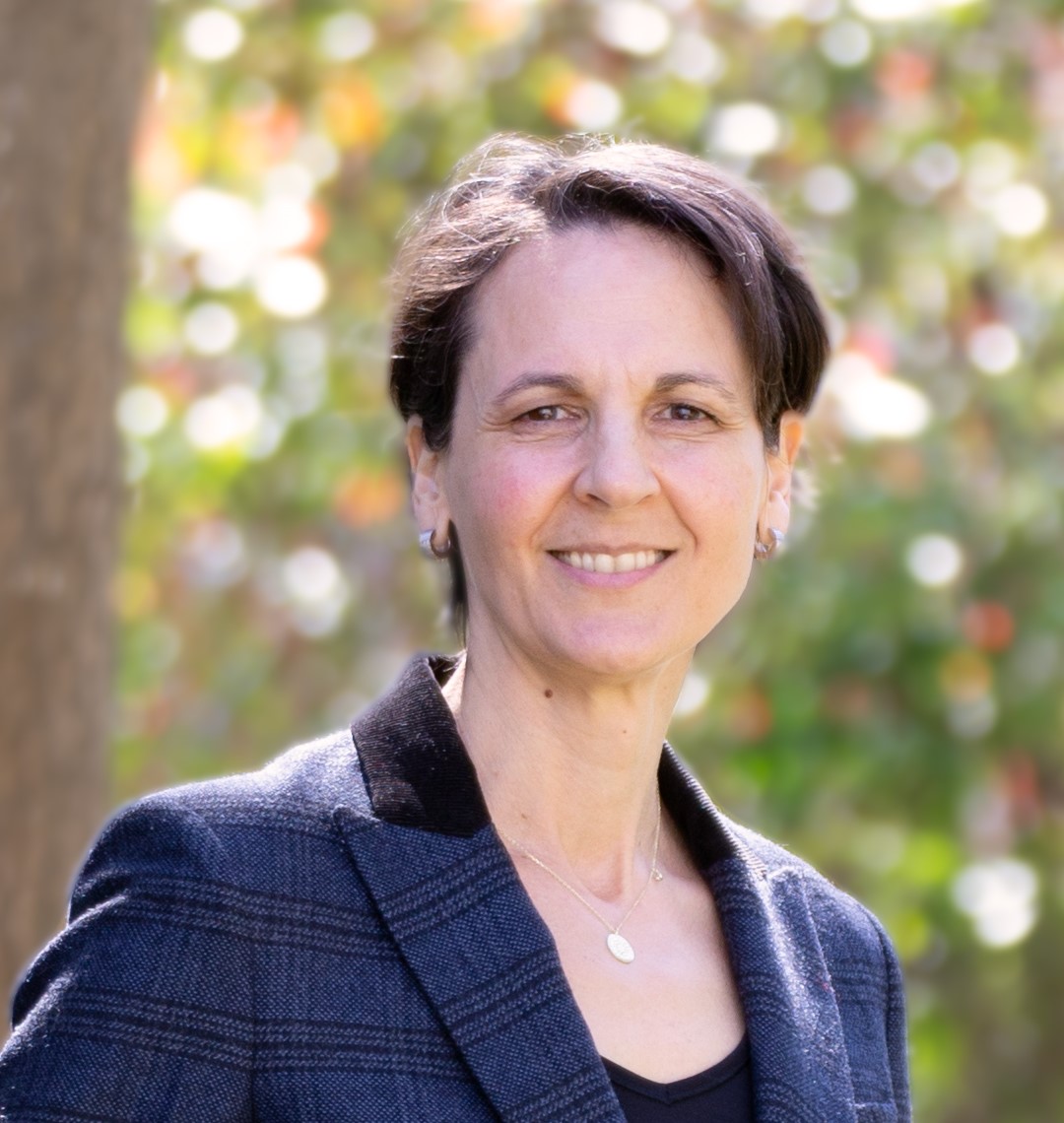




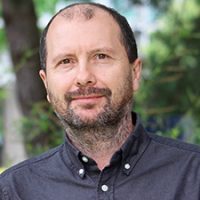

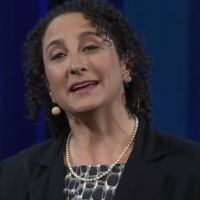

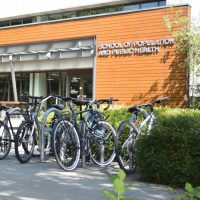

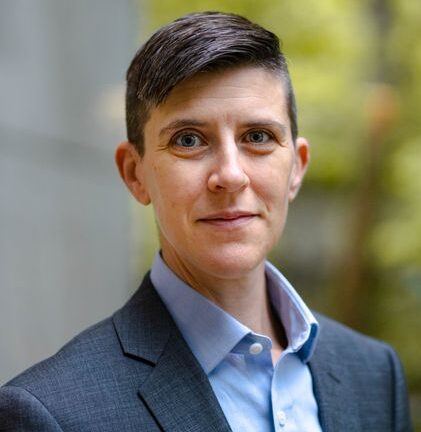


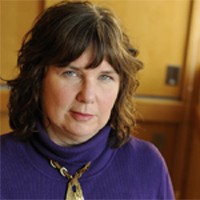


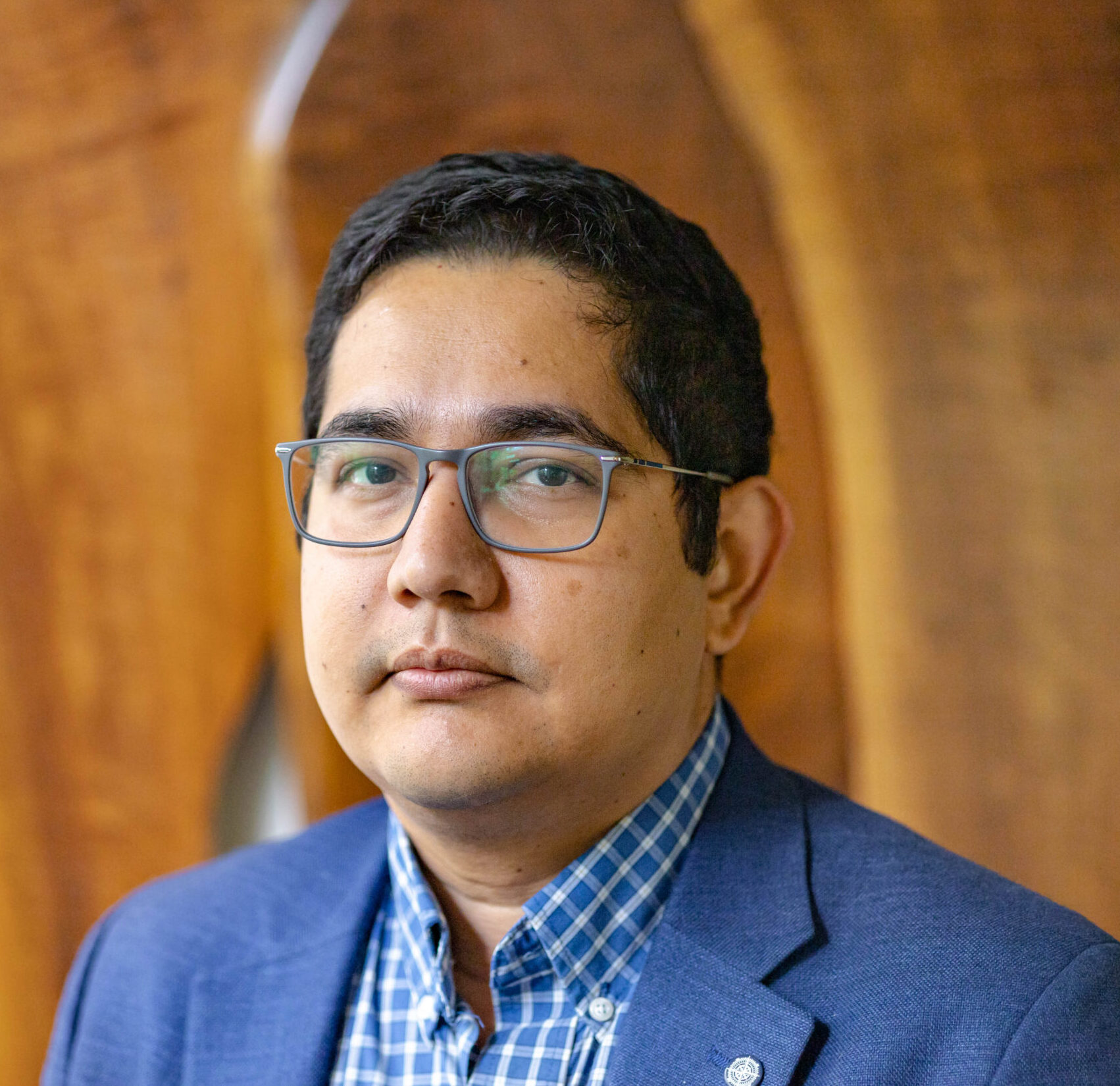


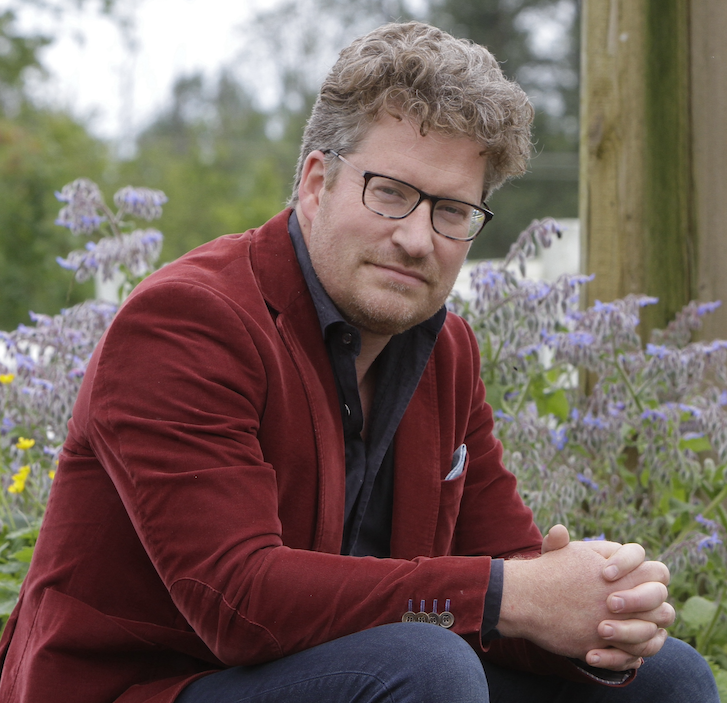
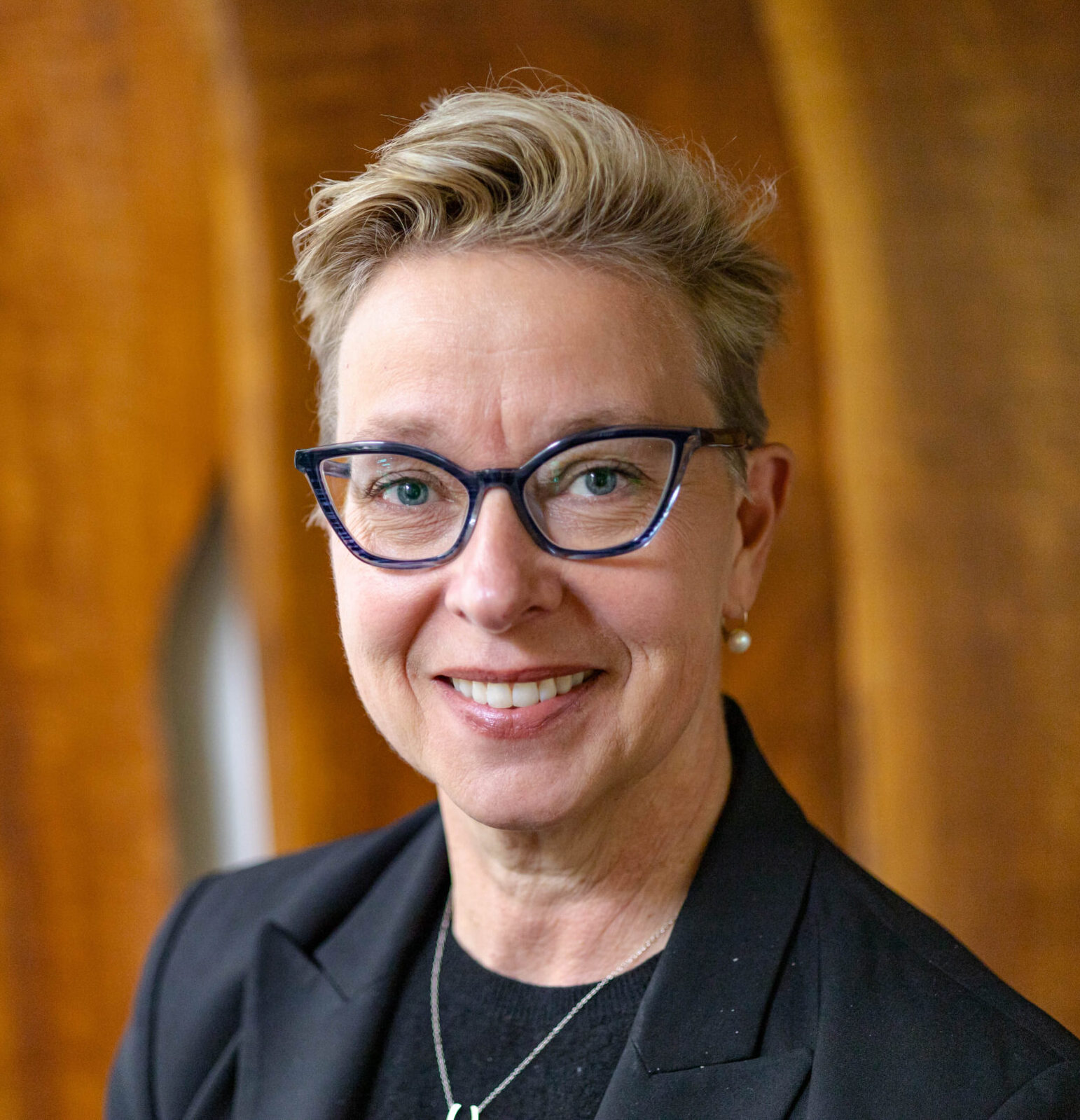
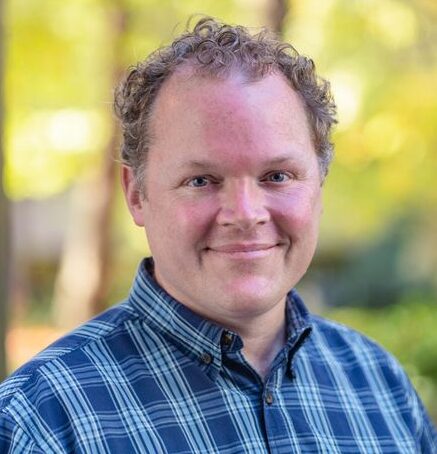



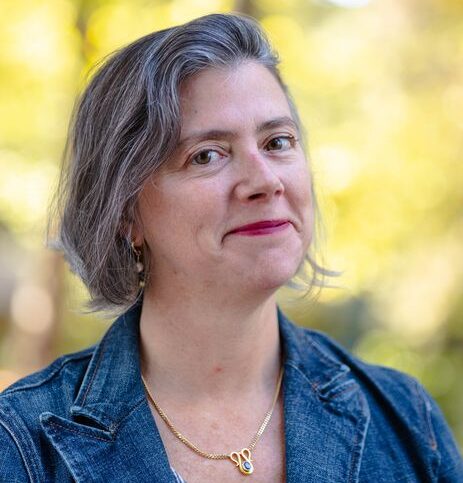

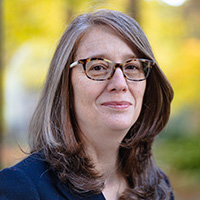
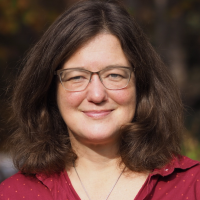
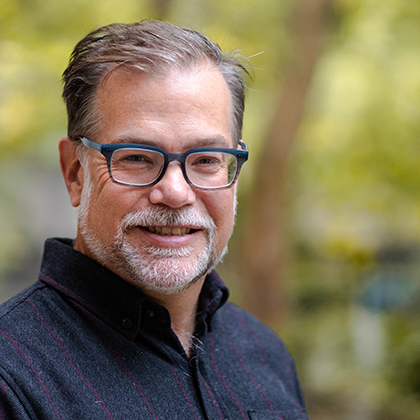







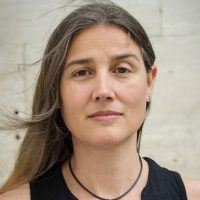
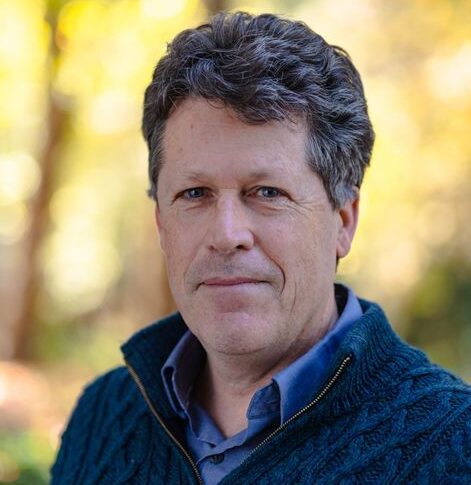







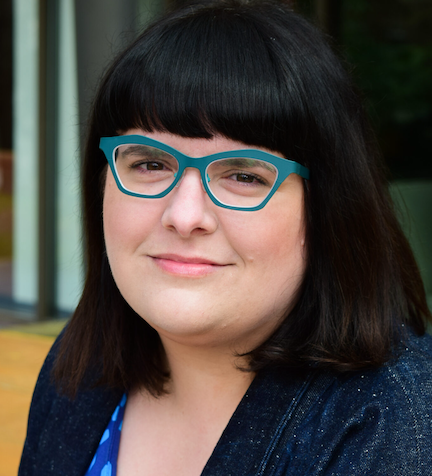
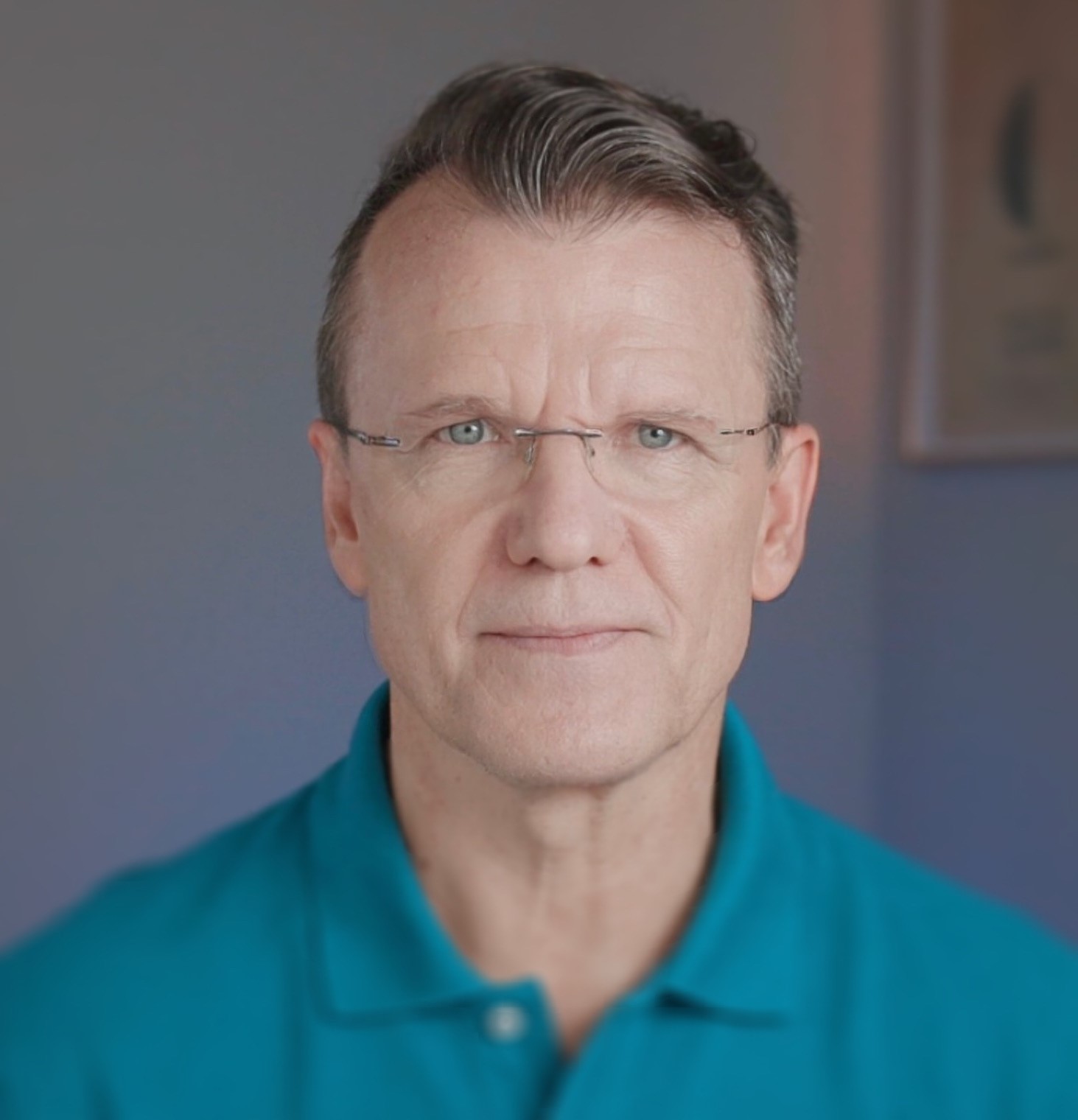
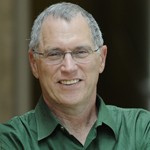


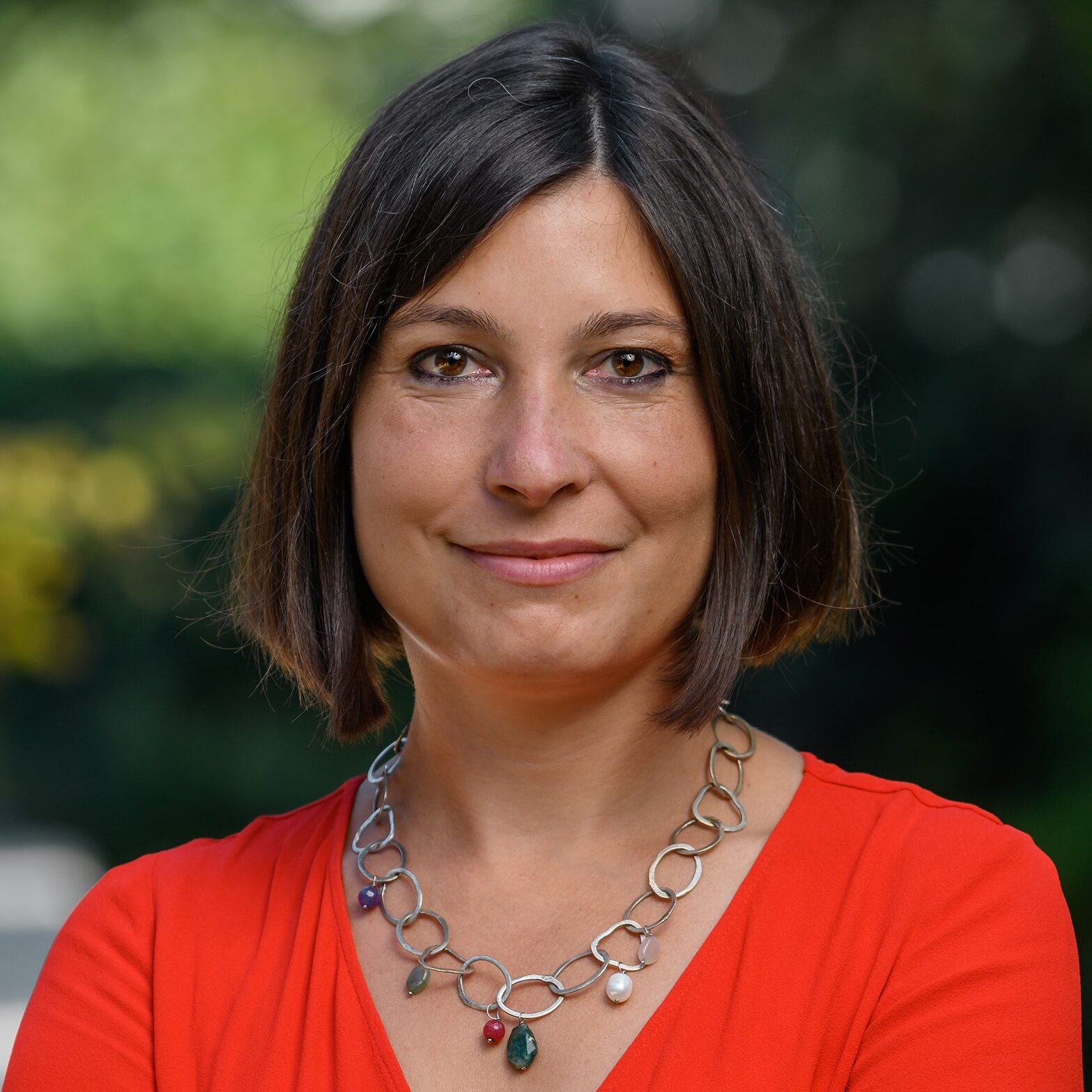
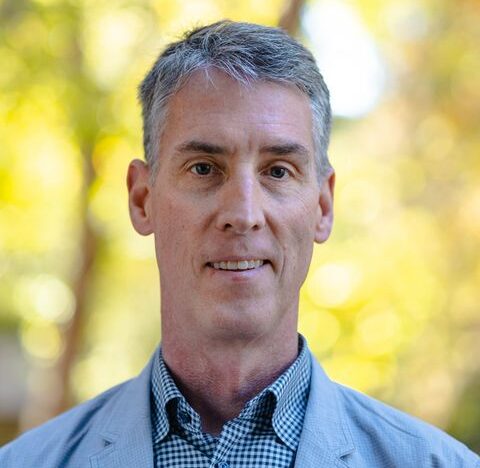



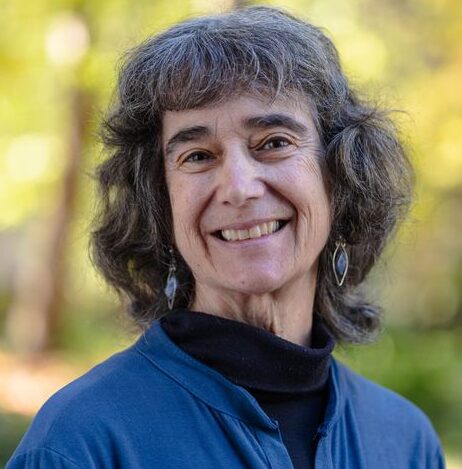
Special Funding & Conferences
-
2Special Funding & Conferences
Funding
The School Awards webpage and the Faculty of Graduate Studies graduate awards website include information about a wide array of scholarships and prizes. Our students have been very successful in many of these competitions.
Conferences
The following are few special avenues for travel funding:
Cascadia Occupational and Environmental Conference to be held on January 11 & 12, 2024
This 2-day UBC, SFU & University of Washington joint conference is is attended by 75 to 150 students and faculty. The atmosphere is very relaxed; many students have used this as an occasion to present their project or research work. We cover registration fees of all first year students (but not room charges). Upper year students are encouraged to attend, but are responsible for their own funding (e.g., from their supervisors or scholarships). More information on Cascadia 2024 visit hereOEH Student Travel Fund
One-time travel support maximum of $500 is available to all OEH students to attend a scientific conference, in the area of occupational and environmental sciences, and to which they have submitted an abstract prior to graduation (travel can occur after graduation). Procedures:- Submit travel claim form with receipts for the expenses (click here for more information from the G+PS website). Please check with Division Heador Program Coordinator for account to be charged.
- Provide proof of the abstract submission.
Listservs
All OEH Division listservs are closed; only members can post to them.
If you have a message you would like sent out and you are not a member of that particular listserv, please ask a listserv member to do so on your behalf.- oeh-division: all full-time, adjunct, associate, clinical faculty in the OEH Division, staff and student reps to the OEH Division and MSc-OEH program staff
- soeh-impactor: all OEH Division faculty, current OEH students, alumni, affiliated faculty at other universities, and interested staff and others
- spph-mscoeh: all students in the MSc program in Occupational and Environmental Hygiene, plus MSc-OEH program staff
- spph-oehstudents: all students in the MSc and PhD programs in Occupational and Environmental Hygiene, plus MSc and PhD program staff
Links
Research Websites
- Acoustical Environments in Healthcare Facilities
- Antineoplastic Drug Study
- Asthma Job Exposure Matrix
- Border Air Quality Study
- Cancer Prevention Centre
- CAREX Carcinogen Surveillance
- Chemicals, Health & Pregnancy
- Cryptococcus gattii
- Cycling in Cities
- Firefighters & Heart Disease
- Health and Community Design Lab
- Occupational & Environmental Respiratory Disease
- Paramedics & Heart Disease
- Parkinson’s disease: Workplace risk factors
- Partnership for Work, Health & Safety
- Red Cedar Asthma Recovery
- UBC Back Study
- Wash with Care
- Water & Health Study
- Woodstove Exchange Study
- Work Health in Bangladesh
Special Services
- Occupational & Environmental Continuing Education
- Occupational & Environmental Health Seminars
- Occupational & Environmental Health Laboratory
Fellowship Programs
- The Bridge Program – Bridging Public Health, Engineering and Policy Research
- CREATE – Atmosphere Aerosols Program
- PHARE – Public Health and the Agricultural Rural Ecosystem
- Population Intervention Research for Chronic Disease Prevention
- CREATE – Sustainable Building Science Program
Linkages
